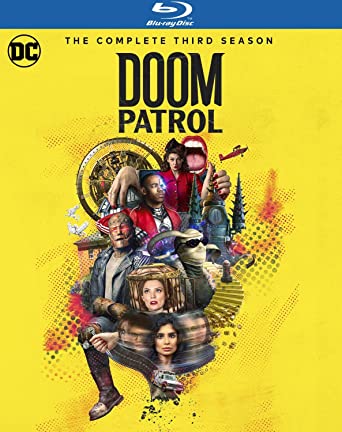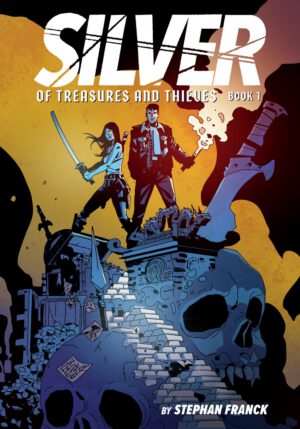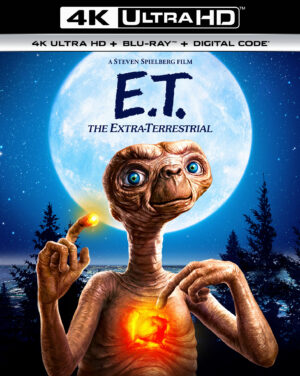The Adventures of Batman: The Complete Collection Comes to Blu-ray in February

BURBANK, CA – One of Filmation’s most beloved animated series has been newly remastered in high definition for release on Blu-ray for the first time ever! Warner Bros. Home Entertainment will distribute The Adventures of Batman: The Complete Collection on February 28, 2023, as a two-disc set featuring all 34 episodes of the classic series for $29.98 SRP (USA) and $39.99 SRP (Canada).
The Adventures of Batman was one of the spotlight animated television series to be produced by Filmation, who generated more than 50 animated series, over a dozen television shorts, specials and movies, and eight feature films. The Adventures of Batman was also paired with another famous DC Super Hero to become The Batman/Superman Hour.
Filmation veteran Olan Soule (Super Friends, The Towering Inferno) provided the voice of Batman, while American Top 40 co-founder & host Casey Kasem (Scooby-Doo franchise) played Robin. The supporting cast featured two-time Emmy Award winner Ted Knight (The Mary Tyler Moore Show, Caddyshack) as Commissioner Gordon, Larry Storch (F Troop) as Joker, and Jane Webb (Sabrina the Teenage Witch, The Archie Show) as Barbara Gordon/Batgirl.
Soule and Kasem became the reigning voices of Batman and Robin, respectively, for several years as the Dynamic Duo would appear in two The New Scooby-Doo Movies crossovers, various versions of Super Friends, and The New Adventures of Batman.
Premiering on September 14, 1968, The Adventures of Batman also featured Batman’s primary rogues’ gallery at the time – Penguin, Mr. Freeze, Catwoman, Riddler, Scarecrow, Dollman, Mad Hatter and Simon the Pieman – as well as some notable team-ups of those villains.
The 34 episodes in The Adventures of Batman: The Complete Collection are:
- My Crime Is Your Crime / A Bird Out of Hand
- The Cool, Cruel Mr. Freeze / The Joke’s on Robin
- How Many Herring in a Wheelbarrow? / In Again, Out Again Penguin
- The Nine Lives of Batman / Long John Joker
- Bubi, Bubi, Who’s Got the Ruby? / 1001 Faces of the Riddler
- The Big Birthday Caper / Two Penguins Too Many
- Partners in Peril / The Underworld Underground Caper
- Hizzoner the Joker / Freeze’s Frozen Vikings
- The Crime Computer / The Great Scarecrow Scare
- A Game of Cat and Mouse / Beware of Living Dolls
- Will the Real Robin Please Stand Up? / He Who Swipes the Ice, Goes to the Cooler
- Simon the Pieman / A Mad, Mad Tea Party
- From Catwoman with Love / Perilous Playthings
- A Perfidious Pieman Is Simon / Cool, Cruel Christmas Caper
- The Fiendishly Frigid Fraud / Enter the Judge
- The Jigsaw Jeopardy / Wrath of the Riddler
- It Takes Two to Make a Team / Opera Buffa
BASICS
Blu-ray $29.98 USA / $39.99 Canada
Blu-ray Languages: DTS-HD MA: English 2.0 Mono / Dolby Digital: French & Spanish
Blu-ray Subtitles: ENGLISH SDH / French
Running Time: 378 Minutes






















